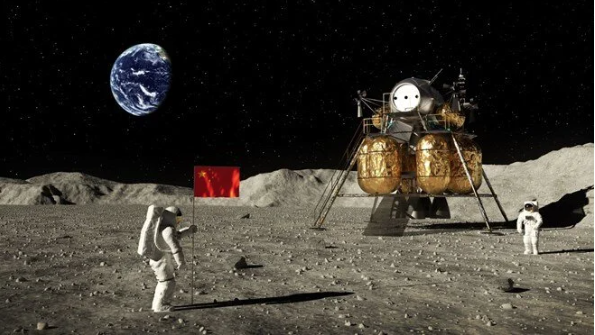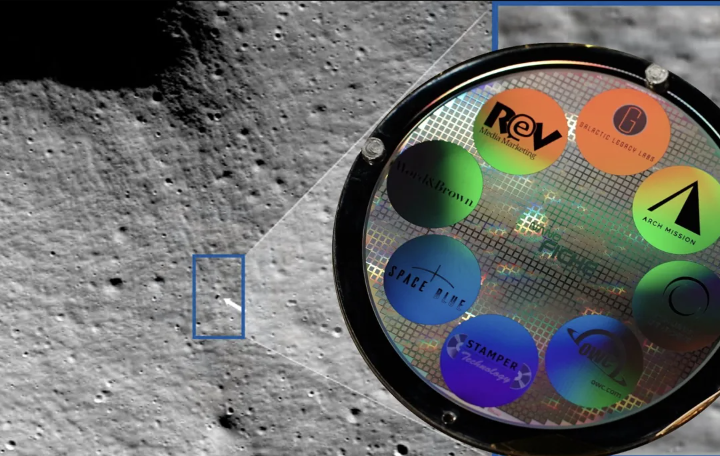A rocky object orbiting a tiny asteroid close to Jupiter may be the Solar System’s first-ever “mini moon,” according to astronomers.
One of the smallest moons ever discovered, the rocky satellite, which is barely broader than Manhattan, if it turns out to be a real moon.
- Europe branded ‘third world’ economy
- What will President Biden’s plan to reduce student debt mean for Hoosiers?
Scientists working on NASA’s Lucy mission, which is sending a space probe to investigate some of the Trojan asteroids, two enormous clusters of space rocks situated on each side of Jupiter in its orbit around the Sun, spotted the tiny satellite.
Launched on October 16, 2021, the Lucy probe will make a brief stop in the asteroid belt between Mars and Jupiter before continuing on to the Trojan asteroids in late 2027.

To determine where the probe will be most valuable, Lucy mission experts are working to understand more about some of these enigmatic rocks in the interim.
The mission scientists were able to precisely measure Polymele, the smallest of Lucy’s Trojan targets, on March 27 when it passed in front of a far-off star. They did this by observing how much of the star’s light the asteroid blocked out as it raced by.
The scientists did notice an unexpected, smaller bump after that, though, as another asteroid followed in Polymele’s wake.
Lead researcher Marc Buie, an astronomer at the Southwest Research Institute in Boulder, Colorado, said in a NASA statement that the team’s analysis of the data led them to the conclusion that the second blip “had to be a satellite.”





